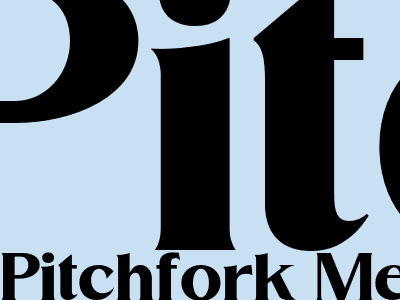Pitchfork Meaning: The Definitive Guide
What is a Pitchfork?
A pitchfork is a farming tool with long, sturdy prongs used for lifting, tossing, and spreading hay, straw, or other loose materials. It typically has a wooden handle and three or more metal prongs arranged in a parallel or slightly curved configuration. Pitchforks have been used for centuries in agricultural settings, playing a crucial role in harvesting, handling, and processing crops.
Types of Pitchforks
There are various types of pitchforks designed for specific purposes:
- Hay forks: Used for lifting and tossing hay bales.
- Manure forks: Have wider prongs for handling manure and other heavy materials.
- Potato forks: Designed with narrow prongs for digging and harvesting potatoes.
- Spading forks: Have flat, spade-like prongs for digging and cultivating soil.
Folklore and Symbolism of the Pitchfork
Beyond its practical use, the pitchfork holds cultural and historical significance:
Biblical and Mythological Associations
In Christianity, the pitchfork is associated with the devil or evil spirits. Depictions of the devil often show him wielding a pitchfork, symbolizing temptation, punishment, and the underworld. In Greek mythology, the pitchfork was the weapon of choice for Hades, the god of the underworld.
Superstitions and Folklore
Throughout history, pitchforks have been connected to various superstitions:
- Witchcraft: Pitchforks were believed to be tools of witches and used in spells.
- Protection against evil: Placing a pitchfork outside a home was thought to ward off evil spirits.
- Luck: Finding a three-pronged pitchfork was considered a sign of good luck.
Modern Usage and Symbolism
Today, pitchforks continue to be used in agricultural settings, but they have also taken on new symbolic meanings:
Protest Symbol
Pitchforks have become a symbol of protest and rebellion. In recent years, they have been used in demonstrations against political and economic policies, representing anger and frustration.
Agricultural Heritage
Pitchforks remain an iconic symbol of agricultural heritage, representing the hard work and resilience of farmers. They are often featured in rural art, historical displays, and farm-related products.
Conclusion
The pitchfork is a versatile tool with a rich history and cultural significance. From its practical use in agriculture to its symbolic associations with evil, witchcraft, and protest, the pitchfork continues to captivate our imagination and play a role in our cultural landscape.

Comments